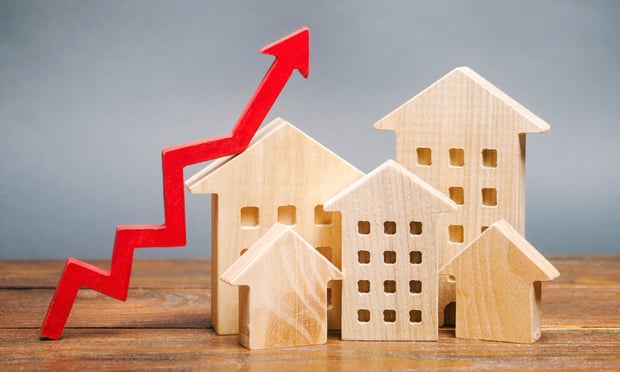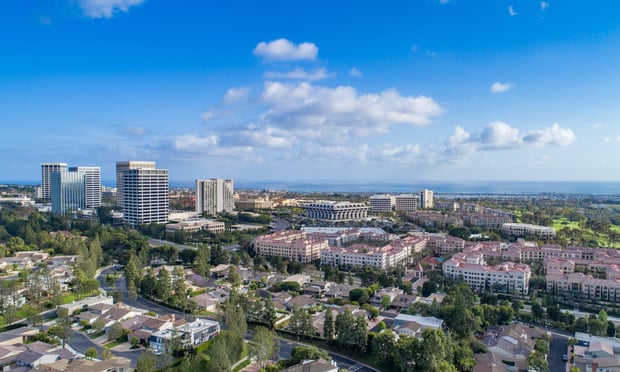 Industrial demand has been focused on large-box product this cycle, especially with the rise of ecommerce and the Amazon effect. In addition, the economic recovery came from the top down, further driving the need for larger industrial space. However, the stability of the economy has now fueled growth for smaller companies and has subsequently generated demand for small-box industrial spaces.
Industrial demand has been focused on large-box product this cycle, especially with the rise of ecommerce and the Amazon effect. In addition, the economic recovery came from the top down, further driving the need for larger industrial space. However, the stability of the economy has now fueled growth for smaller companies and has subsequently generated demand for small-box industrial spaces.
“The economic recovery started with larger corporations and trickled down to smaller corporations. In the last several recessions, it has been the opposite, where smaller companies emerged first and larger companies were slower to recover,” Jonathan Pharris, co-founder and president of industrial developer CapRock Partners, tells GlobeSt.com. “In this last recession, however, it was really top-down. That really drove big box development everywhere in the United States. Now, the entire market has recovered, and over the last 24 to 18 months, more entrepreneurial companies have felt comfortable enough in this economy that they are expanding. As a result, 50,000 to 200,000-square-foot spaces are in high demand.”
CapRock Partners has seen the pent-up demand for industrial product, and currently has 1 million square feet of new small-box industrial product under construction. Small box product takes on a different look than larger product. It generally averages 50,000 square feet, has four dock-high doors, is mostly used for distribution but could include manufacturing uses, and is single-tenant occupied. “We have seen this pent-up demand. Many developers, us included, have focused on big box industrial because that has been where the demand is,” says Pharris. “It is also more expensive to build a small-box building than it is to build a big-box building, and we are now at a point where we can build small box buildings. Today, the standing inventory of small-box buildings is at an all-time low.”
The firm's new construction projects are as small as 30,000 square feet, while value-add industrial plays are usually 100,000 square feet to 150,000 square feet. In terms of location, smaller box buildings tend to be located closer to population centers. “You want to be as close to the coast as possible,” adds Pharris. “For us, that means the I-15 corridor in the Inland Empire, or Los Angeles, Orange and San Diego Counties.”
While smaller, entrepreneurial companies are fueling the majority of this demand, Pharris said that larger companies also have a needed for smaller spaces. “Small box buildings can also be occupied by significant companies,” he says. “We have multiple buildings under construction, and we have interest from Fortune 500 companies. While Fortune 500 companies are going to big box buildings, they also have needs for these smaller buildings, and we are providing solutions for them.”
Continue Reading for Free
Register and gain access to:
- Breaking commercial real estate news and analysis, on-site and via our newsletters and custom alerts
- Educational webcasts, white papers, and ebooks from industry thought leaders
- Critical coverage of the property casualty insurance and financial advisory markets on our other ALM sites, PropertyCasualty360 and ThinkAdvisor
Already have an account? Sign In Now
© 2024 ALM Global, LLC, All Rights Reserved. Request academic re-use from www.copyright.com. All other uses, submit a request to [email protected]. For more information visit Asset & Logo Licensing.








